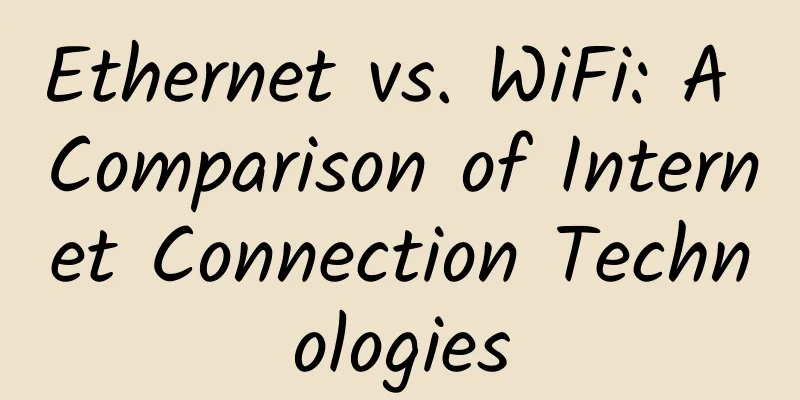New electromagnetic wave router will enable unlimited bandwidth

|
UCLA researchers, with support from the Defense Advanced Research Projects Agency, are developing a new type of electromagnetic wave router that will truly achieve ultra-high bandwidth. Our phones and computers use electromagnetic waves to send and receive information — and they also allow our devices to upload photos and download apps. But the bandwidth we can use on the current electromagnetic spectrum is limited.
Engineers imagined that if wireless devices could send and receive information on the same frequency, this limitation would be overcome. But this approach has its own problems. If electromagnetic waves are received and transmitted on the same frequency, they will usually interfere with each other. (This is when radio stations with the same frequency are close together and cause the signal to be interrupted.) A new device developed by UCLA electrical engineers could solve just that problem. The researchers demonstrated that a circulator -- a tiny device that sends and receives electromagnetic waves from different ports -- can use a single antenna to send and receive signals simultaneously, doubling the amount of spectrum space on a chip available to transmit data if the information is sent at the same frequency as it is received. A paper on this work was recently published in Scientific Reports, an open-source journal published by Nature magazine. Previous generations of circulators used magnetic materials and cannot be incorporated into current microchips, nor do they have enough bandwidth for today's smartphones and other devices. The prototype device built by UCLA uses coaxial cables to distribute the electromagnetic waves through non-magnetic materials, and in the future, such devices may eventually use silicon-based or other semiconductor materials. The key to the device's design is a method called "sequential switching delay lines," similar to how transportation engineers dispatch passenger trains from one track to another. This method allows multiple trains to enter and exit a train station at the same time and avoid collisions even when only a few tracks are available. "In a busy train station, trains are automatically switched to different tracks to minimize the time they have to stop to enter or leave the station. This is based on the same principle, using electromagnetic waves of the same frequency to transmit information in the chip," said the researcher who led the study. The team built a prototype using commercially available parts and is now testing it with a specially made chip. The design consists of six transmission lines, all of the same length, connected by five switches that open and close in sequence to distribute the electromagnetic waves, allowing data signals to be sent and received simultaneously. Previous studies have shown that using the same electromagnetic frequency to send and receive signals simultaneously can modulate the signal, but the researchers say the new design can achieve unprecedented bandwidth. It can be manufactured using current chip manufacturing processes and is compatible with almost all industry standard designs. Previous concepts required components that do not meet current industry standards or only operate in a narrow frequency band. The new circulator made at UCLA is able to operate from the first to the last frequencies of radio frequencies, and may even work in the visible part of the spectrum, the researchers said. "Like capacitors or resistors, such devices can route electromagnetic waves and are fundamental building blocks in a wide variety of circuits, and their ultra-high bandwidth could revolutionize the design of sensors in cell phones, cars and even quantum computers," the researchers said. The research team recently received $2.2 million from the Microsystems Technology Office of the Defense Advanced Research Projects Agency to develop components for microchips. (Cheng Dashu, China Shipbuilding Industry Comprehensive Technology and Economic Research Institute) |
<<: Technology “hidden” by life: WIFI
>>: I don't know the router's address.
Recommend
VIAVI Launches New Test Solution for Network Equipment Manufacturers and Labs, Paving the Way for 800G Next-Generation Networks
VIAVI Solutions (NASDAQ: VIAV) today announced a ...
SD-WAN vs. SASE? No!
The canonical definition of SASE includes five fu...
After three years of cooperation, Huawei and Beijing Ruicheng Times have created a new name card for smart cities
[51CTO.com original article] As soon as I walked ...
5G Downlink Channel Sounding "CSI-RS"
Since 4G, the bandwidth of carriers has increased...
The truth about 5G speed, is your 5G package worth it?
[[326825]] We'll cover the different 5G speed...
The mobile phone number card market is too difficult to operate. Why is it so difficult? What should we do?
Yesterday, I was chatting with a friend who works...
Aruba Wi-Fi 6E Joins 1,400 Colleges and Universities Worldwide to Create a Smart Campus for the Future
Aruba, a Hewlett Packard Enterprise company, rece...
Four leading geese: the starting point for large-scale commercial use of 5G to B
Suddenly, 5G has truly come into our lives. With ...
Big data architecture, use cases and benefits in IoT
1. Introduction In recent years, the "Intern...
Combining AI and big data, the intelligent operation and maintenance platform helps Liulishuo improve its core competitiveness
High-quality content and customized services enha...
F5 Releases Next-Generation NGINX Controller 3.0 to Accelerate Modern Application Delivery
Recently, F5 Networks (NASDAQ: FFIV) launched NGI...
Five ways edge computing drives digital business
Every industry has created a new normal: if your ...
Cloudxtiny: £1.5/month KVM-512MB/5G SSD/100GB/UK data center
Cloudxtiny is a hosting company from the UK, prov...
OneWeb launches 182 more internet satellites into orbit
According to foreign media, OneWeb's 36 Inter...
PIGYun: Los Angeles, USA/Korea VPS 60% off in July, monthly payment starts from 14.4 yuan
PIGYun is a Chinese merchant founded in 2019, pro...









